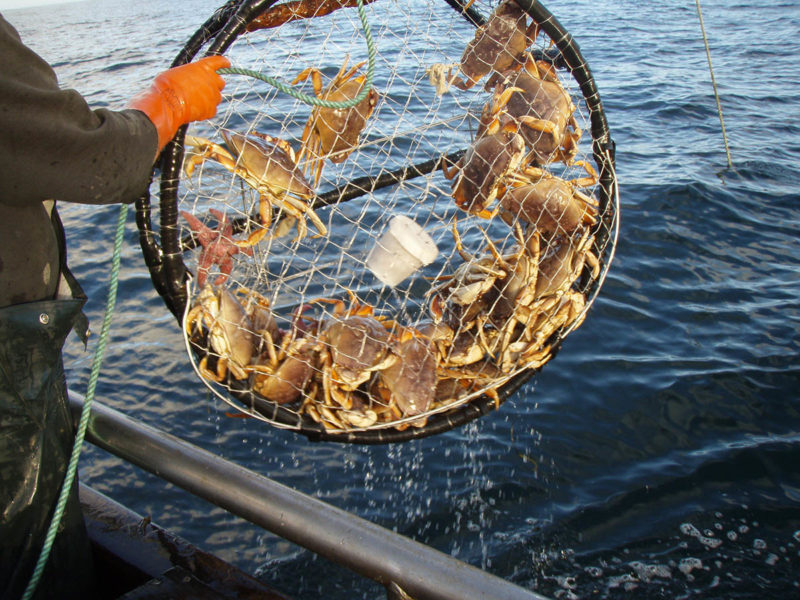As the north coast of California finally opened its Dungeness crab season this year, we saw yet again that diversity in fisheries is the key to sustaining infrastructure.
About 3,000 miles away from Crescent City, Calif., where buyers put crab boats on 3,000- to 6,000-pound limits when the season opened, Maine fishermen know exactly what it’s like to lose fishery landings and value prospects to a loss of infrastructure.

For more from the April Yearbook issue of National Fisherman, subscribe online for digital and print access.
The California processors were claiming they couldn’t move product quickly enough because the season has been hindered for several years running. That has led them to consolidate, cut staff and trim the fat on trucking infrastructure. In Maine, the boom and bust winter shrimp fishery is mostly busted. Decades of quota extremes led the dwindling number of onshore processors to cut back on their commitment to the fleet (when it was running).
Some communities and individuals developed programs around direct marketing the catch in Maine. But just as they were getting established, the fishery went bust again and hasn’t been back since. When it does come back, who will be able to take the shrimp? And beyond the processors, what will the market be?
Lucky for Maine fishermen, local shrimp carries a certain mystique. When it comes in, coastal communities gather round to buoy the fleet and enjoy the fruits of the sea. But California’s Dungeness is a premium product, closer to Maine’s lobster in quality, flavor and demand. It is also sold live. What would Maine look like if its lobster fleet suffered a similar fate to that of California crabbers? It would not be pretty.
Maine lobster, however, does look strong. The catch is robust (even if 2017 ends up being down from the last few record-breaking years), demand is high, MSC certification is allowing expansion into Europe, and it even has a multimillion-dollar marketing collaborative. The main thing Mainers wring their hands about is their reliance on a single species for primary landings.
What would happen if the Maine lobster fishery crashed like it has in southern New England? Those 5,000 fishermen would have little to fall back on except their own financial planning.
The only way to ensure that fishermen can go fishing year after year and spanning generations is to ensure that they have other species to rely on when another is flagging. Our management has excelled at keeping most species at or above sustainable levels, but it has not been without considerable and widespread sacrifice.
The drive for sustainability has left many fisheries privatized with individual and company investments in quotas, which results in a lack of flexibility. Once an owner is locked into privately held quota, it’s hard to shift away from that investment without divesting entirely (hard to do when the quota — and price — is down).
How many people do you know who own five or six homes? Not many, I’d wager. So how can we expect independent fishermen to be able to afford private investments into several fisheries? Even that is a narrow portfolio for commercial fishing unless you’re very lucky.
Ultimately, of course, the more small boats you have invested in a range of fisheries, the more robust your stocks will be. If fishermen don’t have to rely on any single species to make a living, they can move from one to another in down cycles. And if they have the ability to move, they are less likely to call on the government for disaster relief.
Flexibility is a win for everyone — the fleets, processors, gear manufacturers, retailers, taxpayers, fishery scientists and managers. Privatization is a move in the opposite direction.







